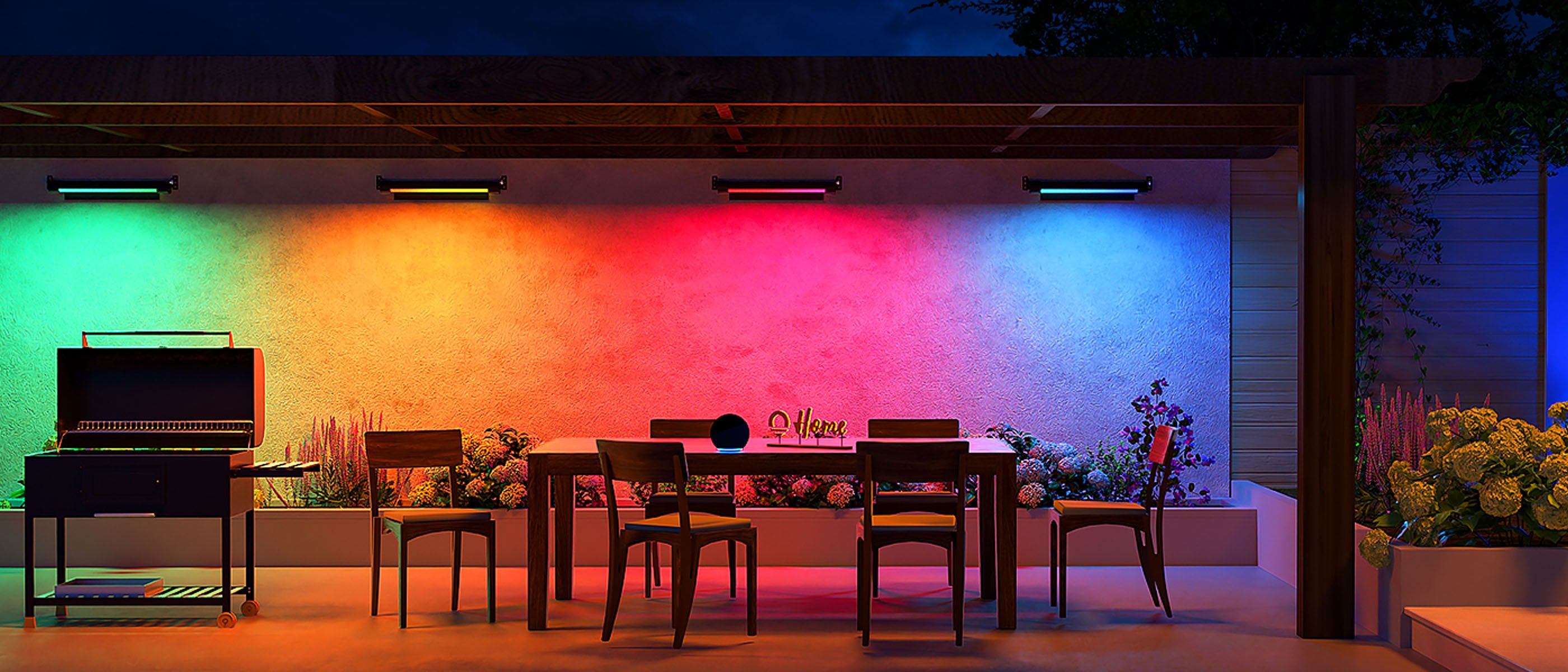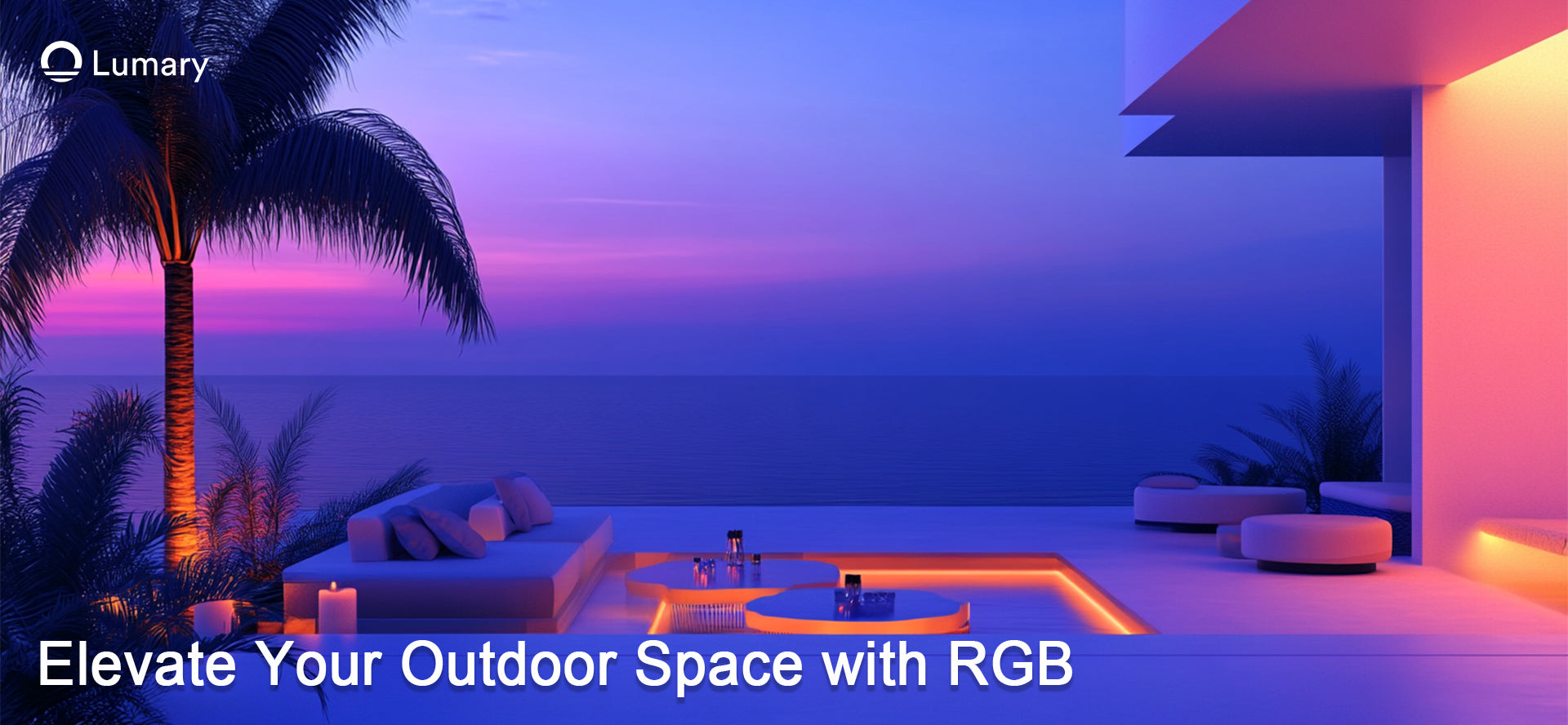Introduction
For beautiful outdoor spaces after dark, lighting is key but generic floodlights simply won't cut it. Carefully tailoring beam angles how widely light spreads from a bulb enables custom designs that transform ordinary exteriors into dramatic, eye catching showcases at night. Whether narrowly spotlighting architectural details, broadly illuminating gardens, or layering focused intensity against a softly lit patio, adjusting the angles artfully sculpts light across three dimensions. So rather than just blasting light outward randomly, deliberately shape rays to highlight, spotlight, or wall wash for stunning effects. This guide explores expert beam angling techniques to help your home shine more brilliantly after sunset.

What is Beam Angle and Why Does It Matter?
In simple terms, the beam angle refers to the angular measure of emitted light from a source. It indicates how narrowly focused or widely dispersed the photons propagate. Just as with spotlight concentrates its beam on a small stage area versus a broad floodlight spanning an entire stadium, outdoor lighting fixtures exhibit varying innate beam angles.
The intensity, distance reached, uniformity, and even mood setting abilities stem directly from smart beam angle selection and adjustment. As the beam angle narrows, light intensity concentrates while the spread contracts. This spotlights details beautifully but leaves surrounding areas comparatively dark.
Alternatively, wide beam angles distribute illumination broadly and evenly to bathe expansive landscapes or architectural facets uniformly. But this comes at the cost of relative luminescence. Factoring in beam characteristics proves essential for efficiency by minimizing fixtures needed. It also empowers completely customizing the aesthetics from high-drama spot illumination to expansive mood-setting glow.
Understanding Beam Angle Measurements
There are two main ways beam angles get measured:
- Simple descriptor terms like "spot," "flood," or "wide." These are loose descriptors but give a sense of light spread.
- Degree Measurements: Precise angles like 10°, 45°, or 120°. Higher numbers indicate wider beam spreads.
To standardize beam angle terminology for manufacturers, the National Electrical Manufacturers Association (NEMA) created a classification system with 7 types:
|
Beam Angle |
NEMA Type |
Description |
|
10° – 18° |
1 (i) |
Very Narrow |
|
18° – 29° |
2 (ii) |
Narrow |
|
29° – 46° |
3 (iii) |
Medium Narrow |
|
46° – 70° |
4 (iv) |
Medium |
|
70° – 100° |
5 (v) |
Medium Wide |
|
100° – 130° |
6 (vi) |
Wide |
|
130° or more |
7 (vii) |
Very Wide |
Key Considerations for Choosing Beam Angle
Realizing ideal outdoor lighting requires some strategic calculations regarding beam angle, even before screwing in the first floodlight. Dialing in angles perfectly tuned to your exterior environment gives lighting excitement, depth, and an almost natural feel. Things to assess when planning include:
1. Lighting Purpose
Consider if illumination needs to skew more toward accenting specific landscape elements or providing general visibility. More focused accent beam angles spotlight the intricacy of architectural facets, sculptures, or specimen plantings. Broader angles flood uniformly across decks, patios, and entertainment zones for ambient luminosity, allowing safe navigation or promoting social interaction.
2. Area Size & Layout
The spatial expanse needing light coverage inevitably factors into the beam angle equation. Fortunately, most quality outdoor lighting brands rate fixtures by standards like "BUG" ratings, denoting backlight, uplight, and glare thresholds. Generally, compact, dedicated accent areas like alcoves benefit from narrow, intense beams. At the same time, lighting sprawling multi-level decks, winding pathways, or sweeping lawn expanses depends on wide beams to immerse the entire zones evenly.

3. Mounting Height
The height at which fixtures mount also determines optimal beam angles, particularly when lighting vertical surfaces. As mounting elevations increase, the beam needs to concentrate more intensely to reach ground-level objects effectively.
Consider the lighting challenge of a towering sequoia's expansive canopy; trying to illuminate the entire tree from ground level would require an extra wide 120 degree flood light to reach such heights. Yet positioning a narrow 15 degree spot rotated vertically on a balcony allows intensely blasting light across the upper foliage.
4. Landscape Dimensions & Features
The outdoor composition brings almost endless variety in terms of hardscapes, finishes, foliage, and elevation changes. This organic complexity requires carefully planned beam angles to not only cover flat surfaces but also to grade intensity, creating a seamless transition that complements the dimensional depth. For example, moonlighting effects rely on wide beamed tree light sources to cast a diffuse glow across variably vertical and horizontal surfaces. Accent lights then provide sharp contrasts.
5. Mixing Multiple Angles
Rarely do limiting lighting schemes to just narrow or wide beamed luminaires create truly stunning effects. The magic happens by blending adjustable beam spreads across zones. Sharp intensity concentrated on focal points contrasts beautifully against wide floodlit spaces. Playing angles to balance and highlight architectural elements makes lighting feel almost sentient.
Narrow Beam Use Cases
While flooding entire patios or lawns with sharply focused light risks blinding harshness, narrow beam angles do serve specialized lighting functions.
They create drama spotlighting vertical focal points. Columns, distinctive tree trunks, and water features glow otherworldly when illuminated by narrow angled LED or halogen spotlights aimed strategically. This concentrated light intensifies texture and dimension.
Narrow beams also connect light sources to distant objects. In vast lawns, statues or fountains inevitably reside further from fixtures. Prevent intense flood or bulb glare by instead harnessing narrow, long throw beams to splash light precisely across far-off features.
Finally, aim narrow beams across like surfaces, levels, or structures to make an exciting play of light and shadows. This adds depth and dimension to spacious but flat exterior zones.
Wide Beam Applications
While versatile narrow beams accent, wide floodlighting beams supplement the ambient atmosphere. Consider wide-angle floods for easily illuminating:
1. Sprawling Decks & Patios
Hosting alfresco gatherings on roomy decks and patios needs evenly dispersed illumination so guests don't stumble amid otherwise dark surroundings. Wide 85-degree beam floods mounted at deck roof height project soft, mood setting light across the entire deck without risking temporary night blindness from overly intense beams.
2. Expansive Lawns & Gardens
Landscapes immersive in themselves disappear into the night minus adequate vibrant lighting. Wide 120 degree LED floods saturate entirely into blended vertical and horizontal planes. Light filters through plant and tree materials to mimic exotic alien forests or tropical biomes right in your backyard.
3. Architectural Facades
Grand entrances, wrap around porches, and soaring multi story exterior walls beg for uninterrupted edge to edge illumination. This amplifies imposing silhouettes visible for impressive curb appeal beyond daylight hours. Wide beam mounted floods bathe unbroken surfaces in uniform light to emphasize dramatic architectural statements.
How to Achieve Customized Effects
Beyond basic beam applications, designers also leverage creative techniques to achieve an almost magical ambiance. Two examples include wall washing and moonlighting.
Wall Washing
These methods rely on linear LED fixtures or wide beamed well light units mounted very close to surfaces requiring uniform lighting. Light grazes evenly from the top terminating edge to ground level without streaking. Wall washing, popular for lighting masonry surfaces with interesting textures, removes shadows and hot spots.
Moonlighting
Mimicking the magically diffuse quality of moon glow, this effect depends on extra-wide beamed LED tree lights mounted well above eye level. These fully saturate properties with a soft ambient glow for quasi supernatural magic. Tree lights come in various beam angles, allowing adjustable effects. And supplementing with narrow angled accents prevents a flat appearance.
Properly adjusting and blending beam spreads takes experimentation aided vastly by adjustable angle products. But the payoff rewards in stunning customizable effects.
Conclusion
Choosing the right beam angle is key to great outdoor lighting design; narrow beams spotlight architectural details while wide beams evenly illuminate large garden areas. By mixing different beam spreads and angles whether flooding an entire patio with soft mood lighting, highlighting specific landscape features, or wrapping a home façade in uniform brightness you can create beautiful, customizable illumination effects.
Admittedly, getting the angles and placements exactly right takes experimenting, nocturnal adjustments, and repositioning fixtures, but it is well worth the effort for stunning lighting that transforms your exterior space into a breathtaking, dramatic showcase after sunset. Ultimately, the artful blending and angling of light sources can turn even an ordinary yard into something special.
















